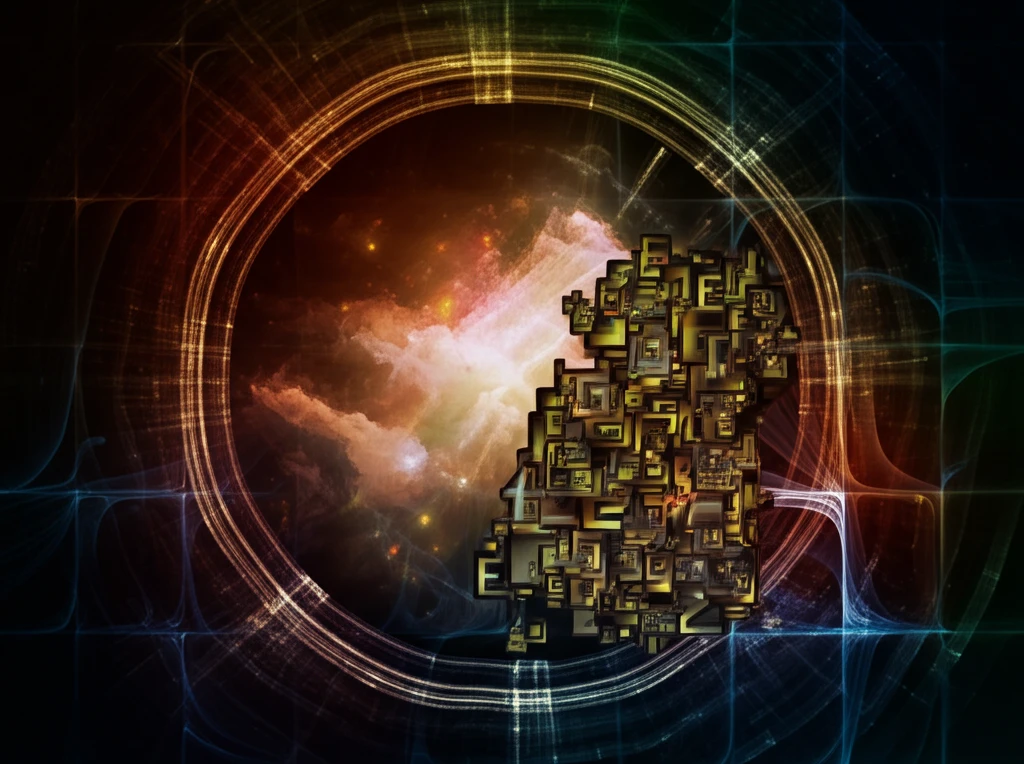
Unlocking the Secrets of Harish-Chandra Modules: A Guide for the Curious Mind
"Delving into the world of mathematical modules to understand their structures, cycles, and why they matter."
In the realm of mathematics, certain structures act as cornerstones for entire fields. Harish-Chandra modules are one such concept, particularly vital in representation theory—a branch that seeks to understand abstract algebraic structures by representing their elements as linear transformations of vector spaces. These modules aren't just abstract constructs; they have profound implications in areas ranging from number theory to quantum physics.
At its heart, representation theory seeks to break down complex mathematical objects into simpler, more manageable components. Harish-Chandra modules play a crucial role in this decomposition, especially when dealing with Lie groups, which are continuous groups with smooth structures. Understanding these modules allows mathematicians and physicists to analyze the symmetries and structures underlying various physical phenomena.
This article aims to demystify Harish-Chandra modules, exploring their characteristic cycles, associated varieties, and their significance in the broader mathematical landscape. We'll navigate through the key concepts, shedding light on why these modules are essential and how they connect to other areas of mathematics and physics. We will be presenting information that has been available for some time now in a more digestible format for a wider audience.
What are Harish-Chandra Modules and Why Do They Matter?

Harish-Chandra modules are named after the Indian-American mathematician Harish-Chandra, whose work laid the foundation for much of modern representation theory. Specifically, these modules are representations of real reductive Lie groups. A Lie group is a group that is also a differentiable manifold, meaning it has a smooth structure that allows for calculus to be performed on it. Reductive Lie groups are a specific class of Lie groups that have certain decomposition properties, making them more amenable to analysis.
- Representation Theory: Harish-Chandra modules are fundamental in understanding the representations of real reductive Lie groups.
- Symmetry Analysis: They provide tools to analyze symmetries in various mathematical and physical systems.
- Quantum Physics: They are used to describe the states of quantum systems and predict their behavior.
- Number Theory: They have connections to automorphic forms and the Langlands program, which aims to unify number theory and representation theory.
The Enduring Relevance of Harish-Chandra's Legacy
Harish-Chandra modules continue to be a vibrant area of research, with new connections being discovered to other fields. Their utility in both pure mathematics and applied sciences ensures their continued importance. By understanding these modules, researchers can unlock deeper insights into the fundamental structures that govern our mathematical and physical worlds.
